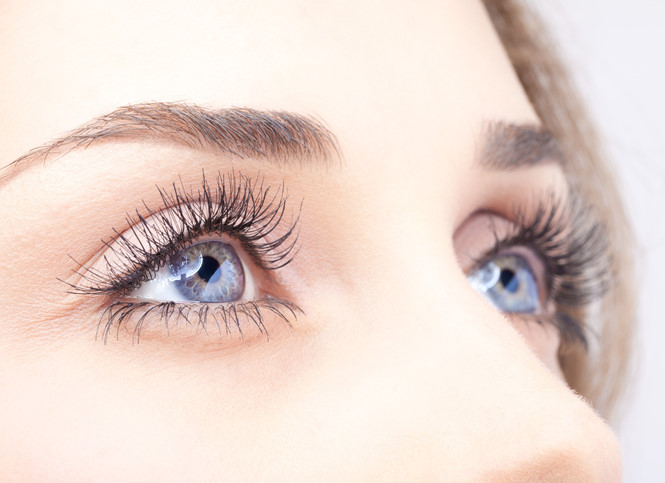Drooping eyelids may be causes by many factors, including congenital or acquired drooping. Eyelid drooping is not a serious problem but it may affect a patient’s quality of life. FV Hospital’s Ophthalmology Department applies advanced techniques to effectively treat eyelid drooping and ensure a normal life for patients.

Ms. N.T.H.V, a 36-year-old patient from Long Xuyen, says that at the age of 24, she started to feel her eyelids begin to droop; gradually they caused her a great deal of discomfort. Three months after she first noticed the droop, she woke up one morning and was unable to open her eyes. She was affected by ocular myasthenia gravis, a problem causing nearly complete drooping of the upper eyelid.
In early 2014, Ms. M.L, a 58-year-old patient from Long An, had surgery for cataracts at a local facility. The surgery was successful, but later her eyelid began to droop heavily, resulting in much discomfort. Gradually, she could not open her eyes, and her vision was almost blocked completely.
Ms. H.V. and Ms. M.L. are two of many patients affected by drooping eyelids, a relatively common eye condition in Vietnam.
Eyelid drooping usually occurs in one eye, but sometimes it can affect both eyes. In elderly patients with eyelid drooping, the eye appears deep-set and sad.
Patients with drooping eyelids often feel tired. Their eyelid becomes uneven and heavier at certain times of the day (for example, their vision may be obstructed right after waking up). Patients have to tilt their head back to see. Gradually, the eyelid sags more excessively, and the eyelid skin folds over the edge of the lid, covers the pupil and interferes with vision. The skin of the drooping upper eyelid creates wrinkles, often leading to inflamed, swollen, and watery eyes.
Eyelid drooping can limit vision. If not detected early and treated promptly, children with eyelid drooping may have amblyopia due to obstruction or strabismus, resulting in impaired vision.
Surgery is the only treatment for eyelid drooping. At FV Hospital’s Ophthalmology Department, Dr. Pierre Coulon, an eye specialist from France with over 20 years of experience, offers surgery for eye and facial muscle conditions.
Based on the severity of each patient’s condition, he will decide whether to remove the excess skin of the drooping eyelid. If the lid muscle is too weak, he will intervene by attaching the upper eyelid to the forehead muscle (frontalis sling), a procedure using the frontalis muscle to lift the brows and elevate the lid.
In particular, during treatment for eyelid drooping, Dr. Pierre Coulon also performs epicanthoplasty to improve the patient’s appearance, especially for patients with severe drooping. Without epicanthoplasty, there may be no aesthetic improvement, and patients may feel unsatisfied with their results.




